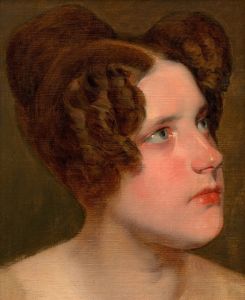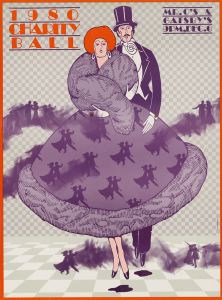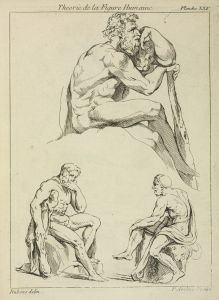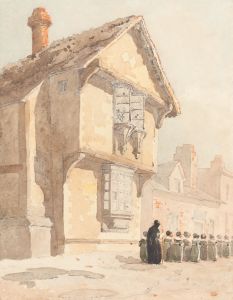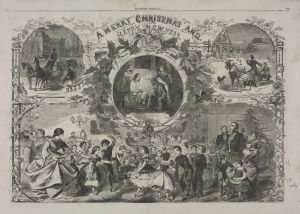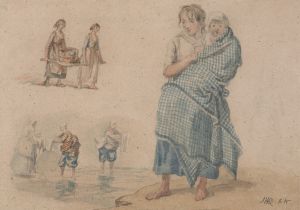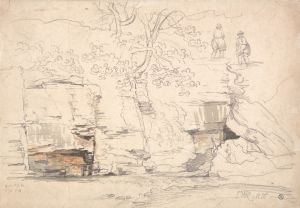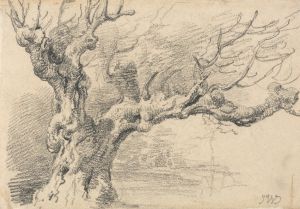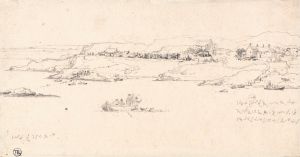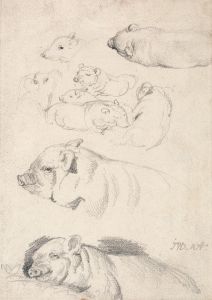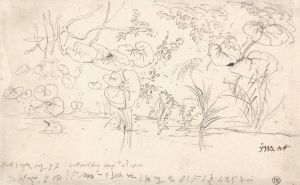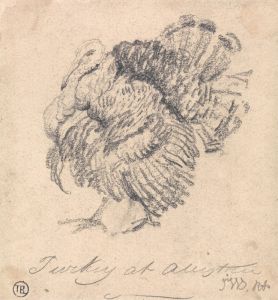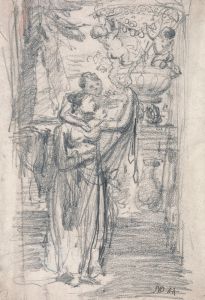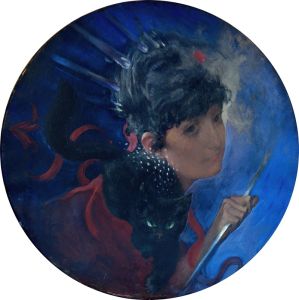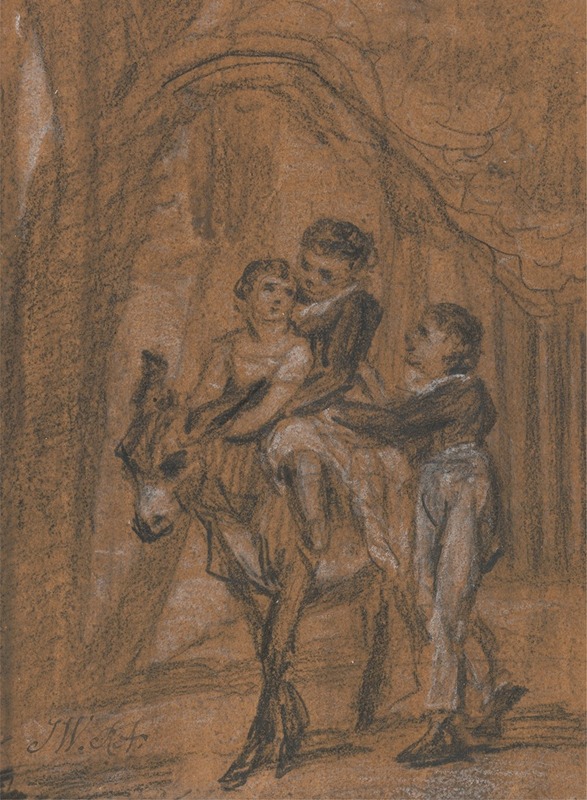
Study for the Oil Painting ‘The Children of Theophilus Levitt, Esquire.’
A hand-painted replica of James Ward’s masterpiece Study for the Oil Painting ‘The Children of Theophilus Levitt, Esquire.’, meticulously crafted by professional artists to capture the true essence of the original. Each piece is created with museum-quality canvas and rare mineral pigments, carefully painted by experienced artists with delicate brushstrokes and rich, layered colors to perfectly recreate the texture of the original artwork. Unlike machine-printed reproductions, this hand-painted version brings the painting to life, infused with the artist’s emotions and skill in every stroke. Whether for personal collection or home decoration, it instantly elevates the artistic atmosphere of any space.
James Ward's Study for the Oil Painting ‘The Children of Theophilus Levitt, Esquire’ is a preparatory work created by the British artist James Ward (1769–1859). Ward was a prominent painter and engraver of the Romantic period, known for his detailed animal studies, landscapes, and portraits. This particular study is associated with a larger oil painting that depicts the children of Theophilus Levitt, Esquire, a figure about whom little is documented in historical records.
The study showcases Ward's meticulous approach to composition and character portrayal, as he often prepared detailed sketches or studies before executing his final works. While the finished oil painting is believed to have been a commissioned family portrait, the study itself provides insight into Ward's artistic process, including his focus on capturing the individuality and expressions of the children. The work is executed with a level of precision that reflects Ward's training and his ability to convey texture, light, and form.
James Ward was appointed as a Royal Academician in 1811 and was highly regarded for his technical skill and versatility. His works often combined elements of realism and Romanticism, and he was particularly influenced by the natural world and the people around him. This study, like many of his preparatory works, demonstrates his dedication to achieving lifelike representation and emotional depth in his subjects.
The current location of Study for the Oil Painting ‘The Children of Theophilus Levitt, Esquire’ is not widely documented, and there is limited information available about the circumstances of its creation or its connection to the final oil painting. Similarly, details about Theophilus Levitt and his family remain scarce, leaving the broader context of the commission unclear.
As with many of Ward's works, this study is valued for its artistic merit and its contribution to understanding the practices of portraiture in early 19th-century Britain. It also serves as an example of the preparatory methods employed by artists of the period, highlighting the importance of studies in the creation of finished works. Further research into the painting and its subjects could provide additional insights into its historical and cultural significance.





